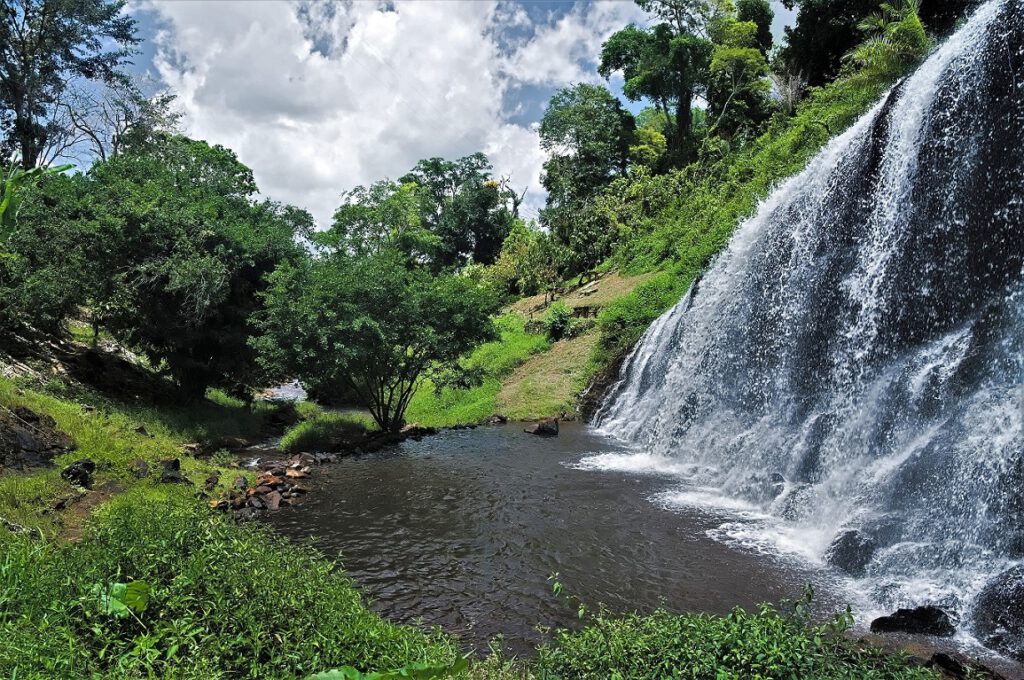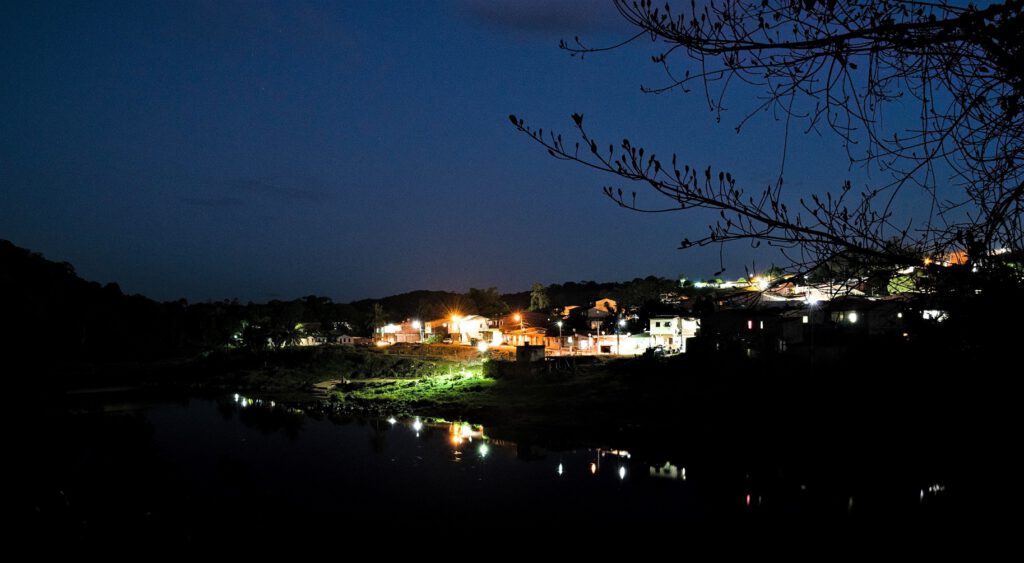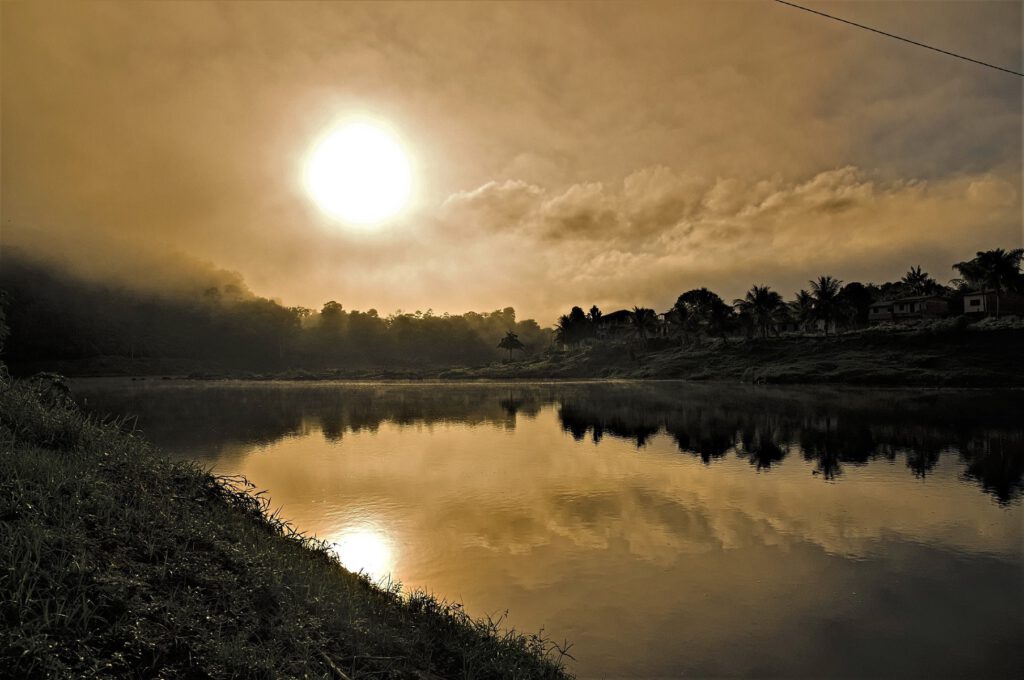
The small village of Taboquinhas in the state of Bahia (Brazil) is very picturesque, situated along the Rio de Contas, a significant freshwater river formed by sources in the Serra Geral Mountains and precipitation, amidst the Atlantic Rainforest (Mata Atlantica).
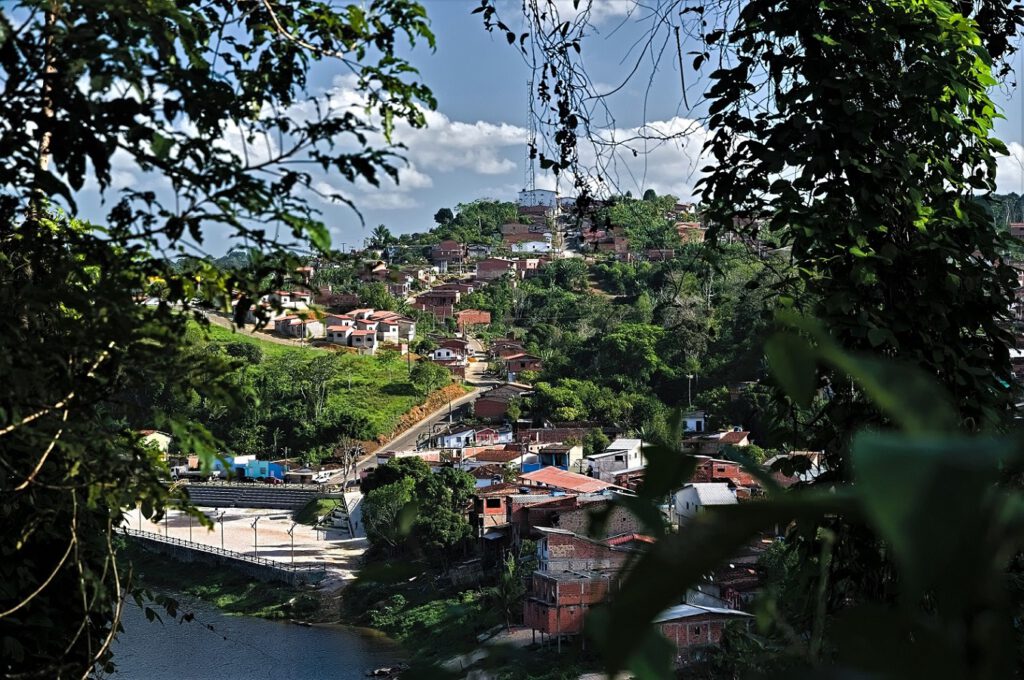
It is the Rio de Contas that divides the village into two unequal halves, with the town center, businesses, and residential houses located to the south, and individual properties scattered for kilometers to the north of the river.
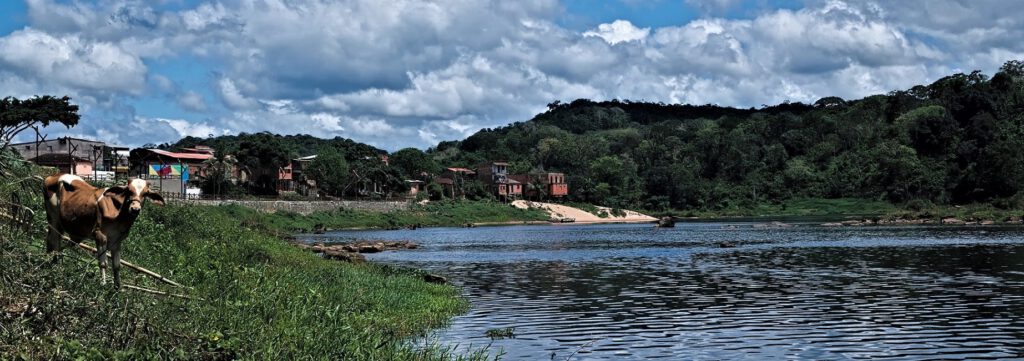
A 24/7 connection between the village parts is established by a ferry, which is securely connected to both banks by a steel cable and must be moved by muscle power.
Cocoa cultivation in Taboquinhas (and beyond the village borders) experienced a boom in the 19th century that persisted until the 1980s. With the emergence of the so-called Witches‘ Broom Disease, caused by the fungus Moniliophthora perniciosa, which primarily affects monocultures in commercial cocoa plantations, there was a dramatic decline in cocoa harvests.
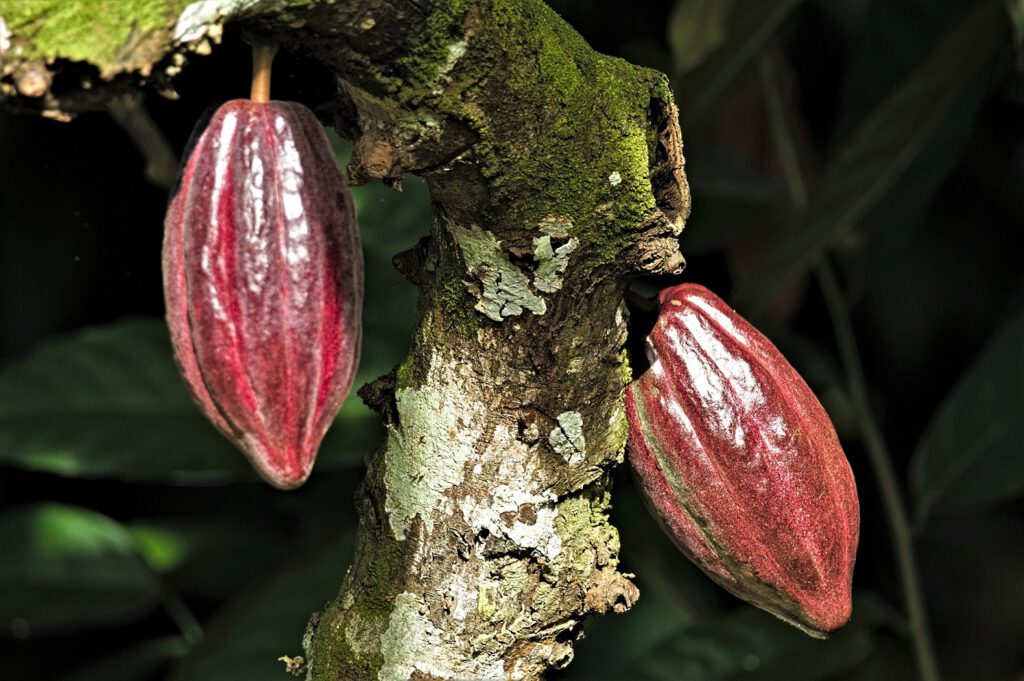
Economically, this meant hardship and poverty for most people in Taboquinhas.
Over time, people learned alternative cultivation methods applied by indigenous peoples. Today, the „Cabruca“ method, growing young cocoa plants in the shade of large trees (mostly untouched tropical rainforest), is common practice.
The easy accessibility of Taboquinhas via a well-paved federal road (BA-654), proximity to the Atlantic coast (approximately 30 km), and the Rio de Contas with its rapids, watercourses, and some spectacular waterfalls in the immediate vicinity have led to a strengthening of nature tourism for some time.
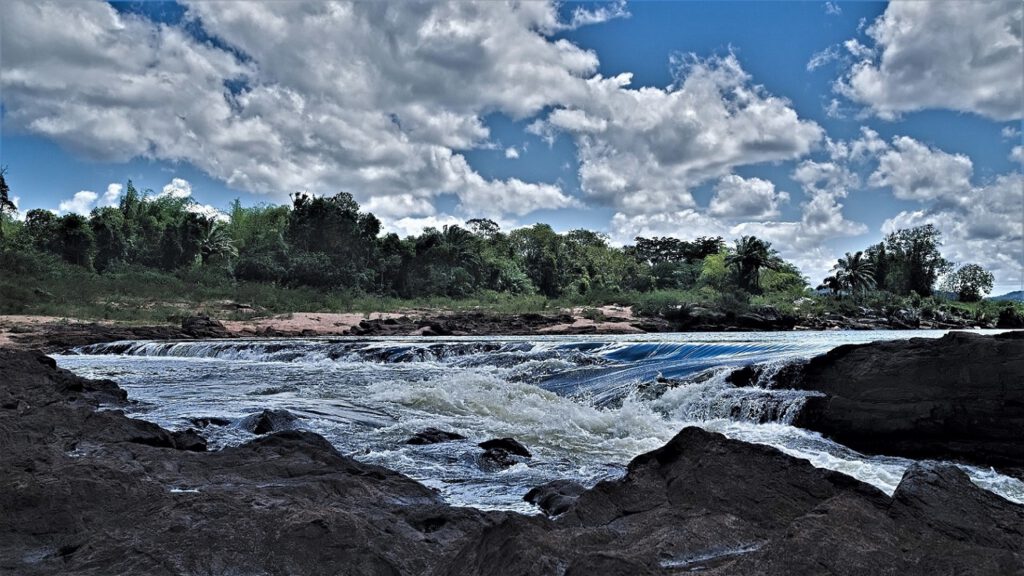
The combination of sustainable agriculture, protection of the Atlantic Rainforest (Mata Atlantica), and the development of additional revenue sources (e.g., nature tourism) give the people of Taboquinhas hope for a better future (AR 02/2024)
